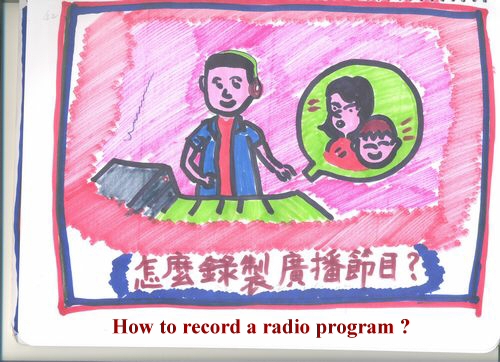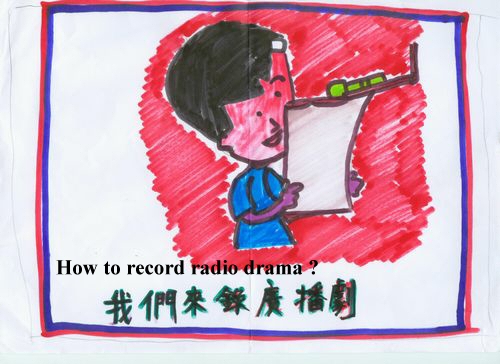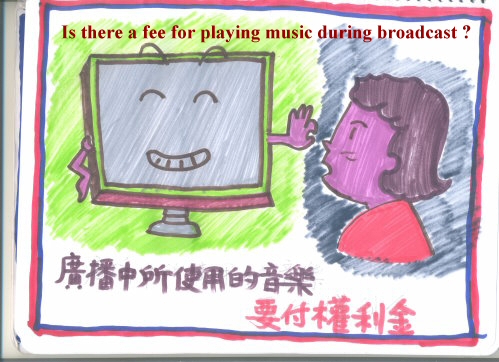|
|
How to record a radio
program?
|
|
There are two ways of recording a radio program:
one is having something operating the equipment and the host only has to talk;
for the other the host have to talk and operate the equipment. That way of
running the program is called “self control”.
First,
if someone’s operating the machine, then all the host has to do is get sound
monitor personnel to know the information, songs and program flow. As for “Self
monitoring” programs, the host has to be familiar to the operation and control
of the equipment in addition to data. The tension in the studio is high as the
host must handle a variety of equipment at the same time trying to speak. It
can be a lot of fun.
|
|

|
|
How did they create the SFX
in radio drama?
|
|
The SFX in radio drama is created from sound effects and
music. There are two types of sound effects, one is the “live effect” added by
the actor while acting, such as foot steps, crying, and laughter. The other one
is the “post effect” added by the sound engineer during post production, such
as wind, rain, water streaming, and train horns. Music is always added during
post production according to dramatic/plot needs.
In the
past, when the drama was recorded live, directors, actors and sound engineers
have to be on-site and ready to produce. The contemporary recording lets the
recording engineer record the dialogues of each scene and then the sound
engineer adds the sound effects and music to form a complete drama.
|
|

|
|
How to record radio drama ?
|
|
Like any drama, radio
drama needs a “drama director” to select the script, assign roles and direct
the actors to act. “Actors” have to
utilize voices, expression and imagination to interpret their characters. The “sound
engineer” is in charge of accompanying each recorded drama with effects and
music and connected different scenes into one complete drama with dialogues,
music and sound effects.
|
|

|
|
Is there a fee for playing
music during broadcast?
|
|
Yes. According
to theTaiwan’s
Copyright Laws, there are two copyrights for music - “lyric and music recording”
and “sound recording”. The rights for “lyric and music recording” belong to the
creator and the rights for sound recording belong to the record company. For
any public use of music, fee must be paid to the copyright owner of music
publishers or agency. The music used in broadcasting is mostly from records.
Because broadcasting is a “public transmission” action, fee must be paid for “lyric
and music recording” and “sound recording”.
|
|

|

Source of materials and photos : Li, C.R. (2006), Little Broadcasting World, 1st edition, Taipei: Broadcasting Industry Association of R.O.C., pp. 19-32.
 

|

